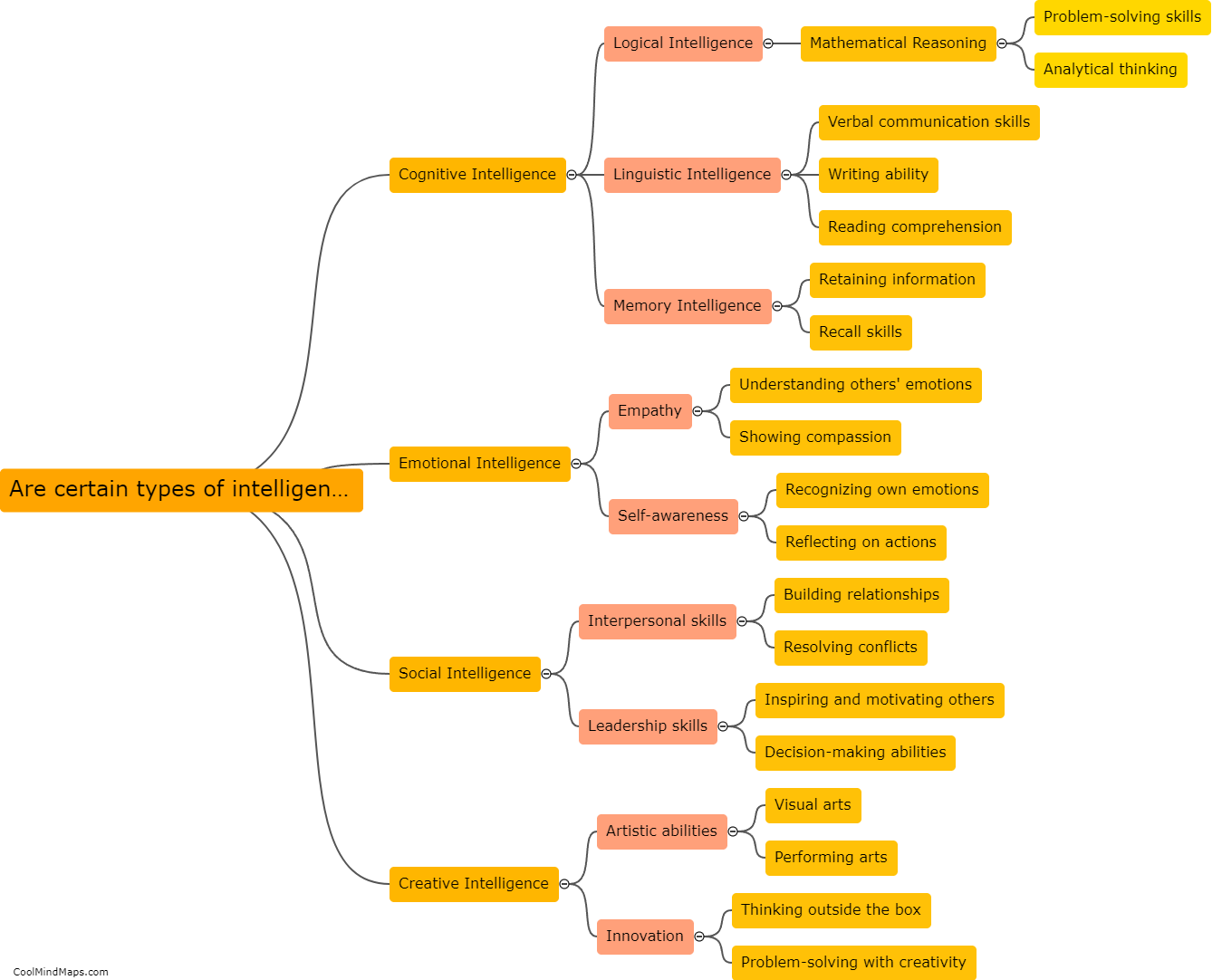What is the mechanism of action of NSAIDs?
Nonsteroidal anti-inflammatory drugs (NSAIDs) work by inhibiting the enzymes known as cyclooxygenases (COX), which are responsible for producing prostaglandins in the body. Prostaglandins are chemical messengers that play a key role in promoting inflammation, pain, and fever. NSAIDs block the activity of COX enzymes, thereby reducing the production of prostaglandins. By doing so, they help to alleviate pain, reduce inflammation, and lower fever. It is important to note that NSAIDs can have different effects on different COX enzymes. Some NSAIDs primarily target COX-2, which is found primarily at sites of inflammation, while others inhibit both COX-1 and COX-2 enzymes. This selectivity or lack thereof can influence the therapeutic effects and potential side effects of NSAIDs.

This mind map was published on 29 July 2023 and has been viewed 119 times.











